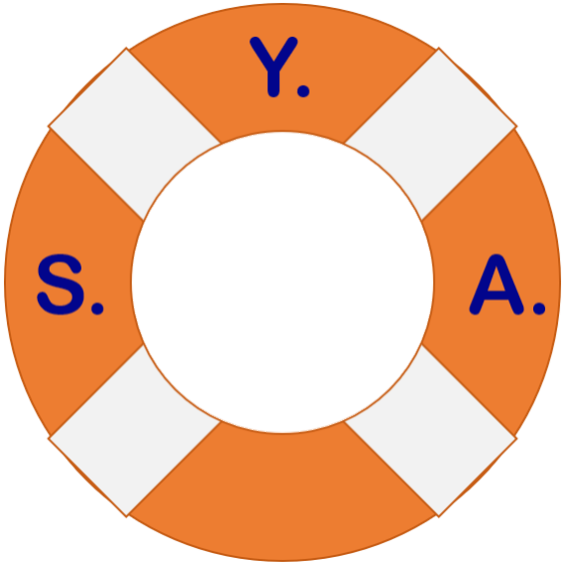Having enough food is not something I ever thought I would have to worry about living in the US. I never felt that I needed a chest freezer. That was until early March as lockdowns were being established and everyone was trying to figure out how bad this was going to get.
Now I know there are many families out there where food insecurity is a real concern on a daily basis, even in the US, but for me, I have worked full time since I was 18 and always been able to provide for myself. As I watched the news reports of skyrocketing unemployment and lines of cars at food banks double or triple from pre-pandemic numbers, I knew as long as the grocery stores could stay stocked, I could still afford to feed myself.
But as restaurants were forced to close, I was among those making runs to the grocery store to stock up on everything I could get my hands on. I did not have a chest freezer and was suddenly worried about how much meat I could store.
While normally prepared, I had just moved to Utah from Illinois five months earlier and was still unpacking boxes and getting settled while trying to find a new job. I had either used, donated or threw away what was left of my food reserves before leaving Illinois. It couldn’t go in the moving truck nor did I have the space to take it with me. I was starting over but the need to re-establish my ‘stockpile’ had not seemed a pressing issue before this point. Even though I did have some food in my pantry, it was not enough to last more than a week or two.
The 5 month search
While the freezer in my townhome I’m renting is adequate, it is about half the size of my previous one in my old home. I found myself having to choose between x and y at the store knowing I only had so much space available. Even then, I never before felt like I didn’t have enough space but with the pandemic, I found myself more than a little nervous about my limited freezer capacity and apparently I was not the only one.
I started looking for a chest freezer for my garage in May when the meat shortages were being reported. Everywhere I checked was sold out. Most store estimates were Oct/Nov before they would be in stock again. I checked websites about once a week all summer long but those estimates proved to be spot on. I was finally able to purchase a 7.0 Cubic Feet (Cu. Ft.) chest freezer from my local Best Buy at the end of October. They only had 3 in stock and I immediately ordered it for pick-up the next day. When I got there the next morning to load it up, the other 2 had also been purchased and were awaiting pick-up.
Living in Utah I’ve learned that many residents here have large families, go hunting or subscribe to the LDS church’s teachings to have a 3-month supply of food saved. Any one of these situations would require storage of a fair amount of food but in Utah all three are possibitiles within a single family. This explains why, as I shopped for a new home (pre-pandemic), that practically all houses here have large pantries; some bigger than walk-in closets you would find in a master bedroom. Many newer homes also have basements with cold storage rooms under the front porch and most new construction has these options available. It also made sense why chest freezers were so hard to find. Anyone that didn’t have one already was buying one. Some were buying another one to increase their storage capacity.
I Finally Got One!
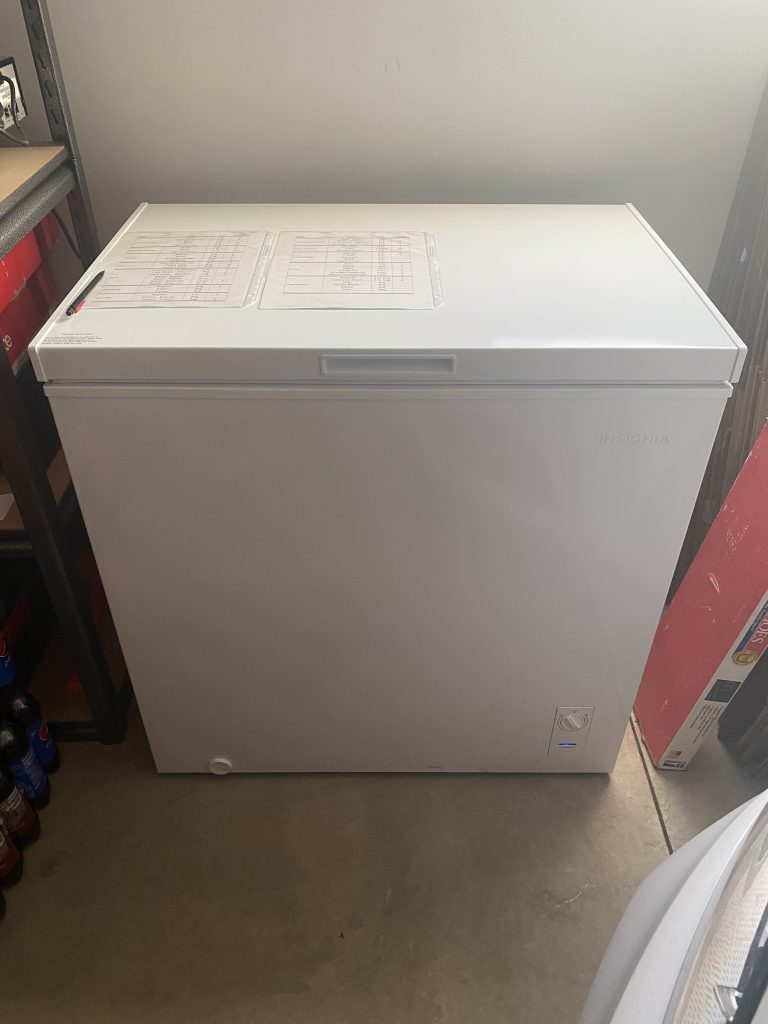
With my new freezer in the garage, I quickly took inventory of what I had in the house freezer and made a shopping list. I hit the grocery store freezer section and then headed to my local Costco to pick up a few items in bulk. In a couple of hours, I had stocked this freezer with about 1-2 months of frozen food; mostly meat and fish, but also some veggies, pizzas, fries, hash browns, etc. The 7.0 Cu. Ft. freezer has more than enough space. I tripled the storage capacity of the inside freezer by itself. It’s also small enough that I can run it off a generator for a period of time if power were to go out or if I had to flee my home I could pack most, if not all of it, into coolers and bugout to a shelter or safe zone.
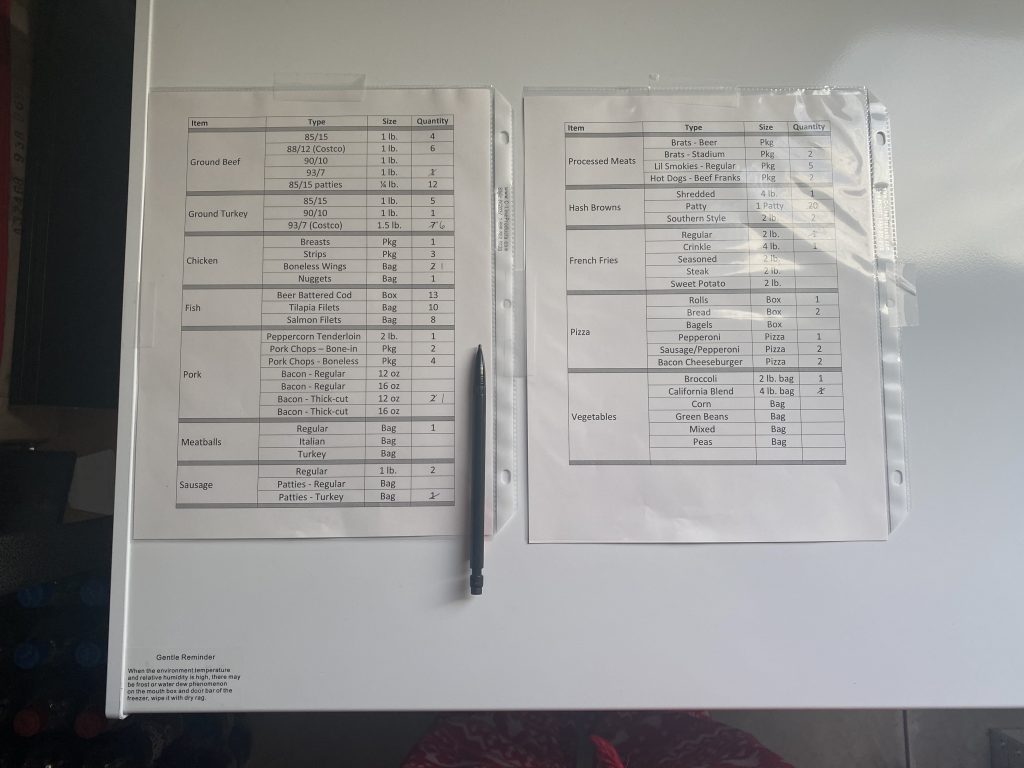
I printed the inventory of everything in the chest freezer and taped it to the top so that I would not need to open it to see what I had. That makes it easy to create a grocery list when I need to restock by seeing what I have crossed off the list or reduced the item count.
Inside Freezer
My inside freezer now only has items that I’ve opened and partially used like ice cream, fries and hash browns, bag of chicken nuggets, etc. All unopened items I keep in the chest freezer in the garage.
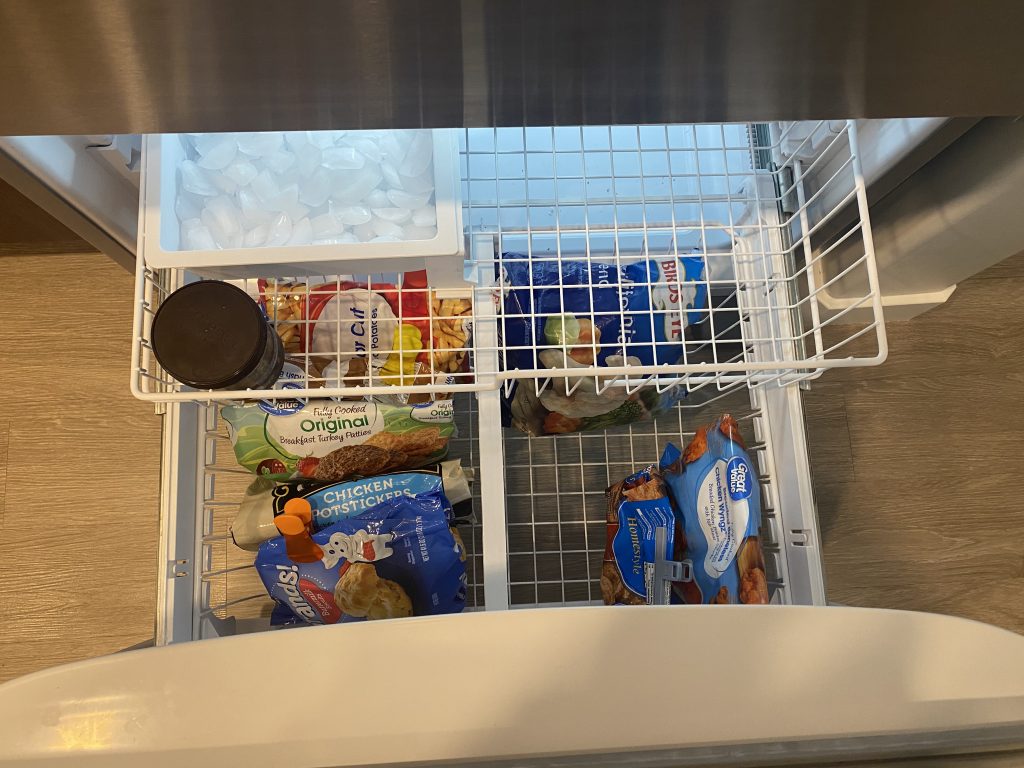
I also use the inside freezer to freeze items before moving them to the chest freezer. This ensures the temperature of foods in the chest freezer does not increase. As you can see my inside freezer (above) is mostly empty these days. That gives me overflow capacity if I end up filling up the one in the garage; which as of this writing is about half-full (below).
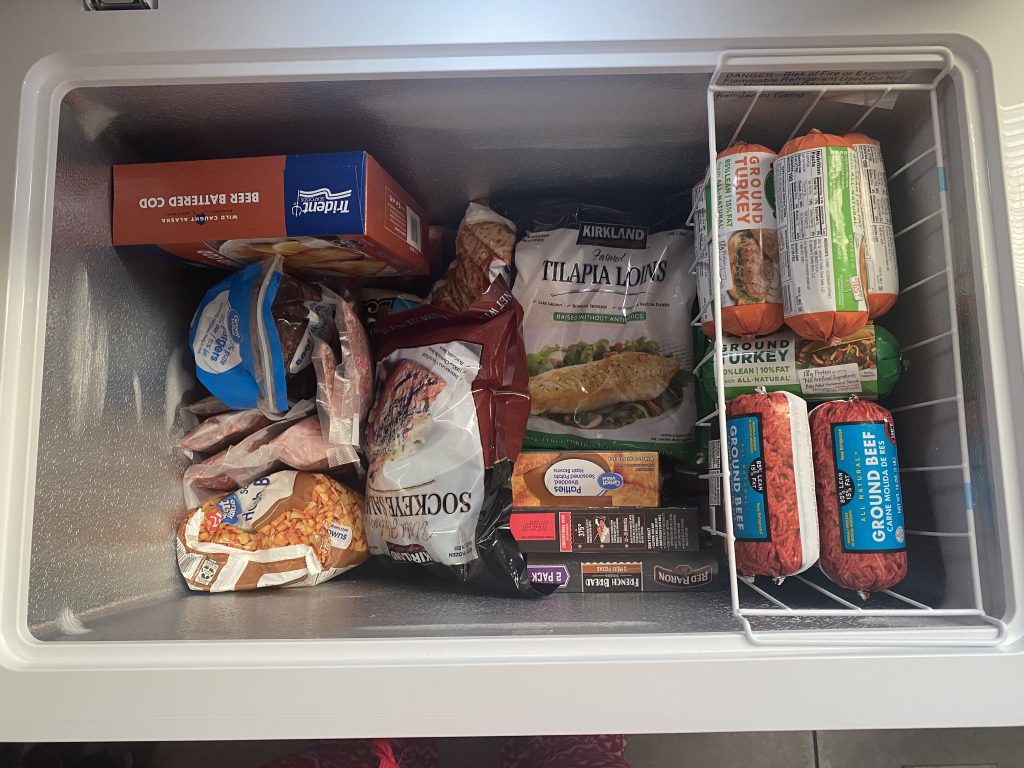
The other disasters I’ve witnessed this year showed me that I was more unprepared than I realized. I’ve spent this summer re-learning lessons that I had forgotten or become complacent about. Now I am in a much better position to save myself.
So what should you look at if you decide you need one?
Size vs. Capacity
Size is the physical unit. Height, Width and Depth; the space it is going to take up in your home. Capacity is how much it holds measured in Cubic Feet (Cu. Ft.). My recommendation if you are thinking about one is to figure out where you would put it. Measure the space to see how big a physical unit you can hold and then start looking at units in those measurements. If space is not a concern, they you can skip this step and just look at capacity. Those with space limitations need to know what those are before buying a unit on capacity alone and finding it won’t fit in the space they have.
From a capacity perspective, chest freezers vary in size from 3.5 Cu. Ft. to over 20 Cu. Ft. I have to admit I was originally looking at a 10-15 Cu. Ft. freezer. I only got the 7.0 Cu. Ft. not only because it was the first one that was available but also because I saw how much space that really was. Anything bigger would have been too much for my needs. If you’re a family of five however, a 10-15 Cu. Ft. might be just the right size (if you have the space).
Cost
Prices for a standard electric freezer range from $150 to over $1000 depending on the size. The 7.0 Cu. Ft. unit I purchased was $230. The 14.8 Cu. Ft. one I was looking at was going for about $500. There are also units available for off-grid living situations powered with propane or solar DC current in the $1400-1700 range.
Energy Usage
Most chest freezers are pretty energy efficient compared to their upright counterparts. As you can see my unit should cost me about $30 a year or $2.50 a month on my electric bill.

Manual vs. Automatic Defrost
Most chest freezers are only manual defrost. That means about once a year I will need to empty the freezer and power it off to let ice-build up melt. On the plus side, there is a drain plug to let the water run out. Automatic Defrost is typically found on upright freezers and home refrigerators.
Location
Most people put a chest freezer in their garage or basement. If I had a basement that’s where it would go because of the more consistent temperature year round. My garage is considerably warmer in the summer and colder in the winter. That will have an impact on my energy usage, especially in the summer. GE has a line called Garage Ready designed for garages since that’s where many people place them.
The Verdict
I am quite satisfied with my purchase and much more comfortable knowing that as this pandemic gets worse this winter, my need to venture out and risk exposure will be drastically reduced. I can now shop about once every 4-6 weeks instead of weekly like I did pre-pandemic.
Comments?
What do you think? Do you need a chest freezer? Do you have enough freezer capacity to hold you and your family a couple weeks? A couple months? Let us know below.
Last Updated on August 16, 2022
